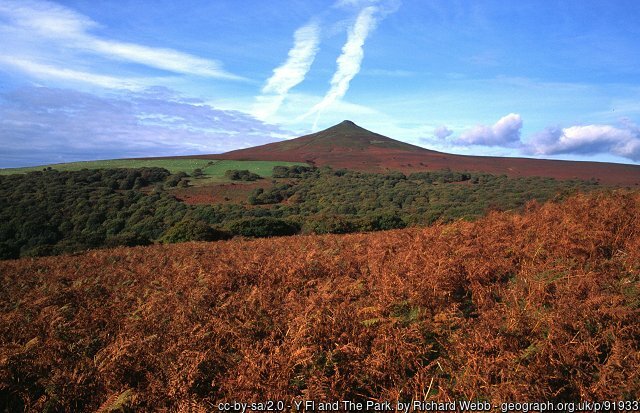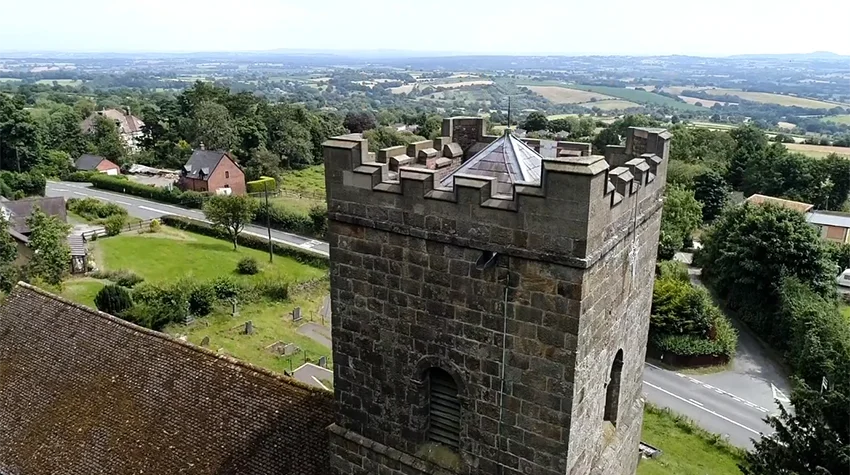On a clear day it is possible to see seven counties from Clee hills.
Sedgley Beacon
37km distant is Beacon Hill in Sedgley which is one of the highest points in the West Midlands at 237 metres above sea level. The hill is so named as historically it was one in a series of prominent locations where a fire would be lit as a signal during times of war or turmoil. At the highest point is a Grade II listed tower erected in 1846 by Lord Wrottesley for astronomical observations.
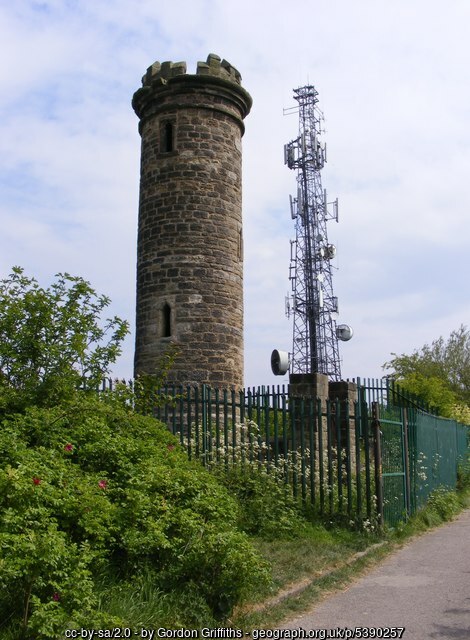
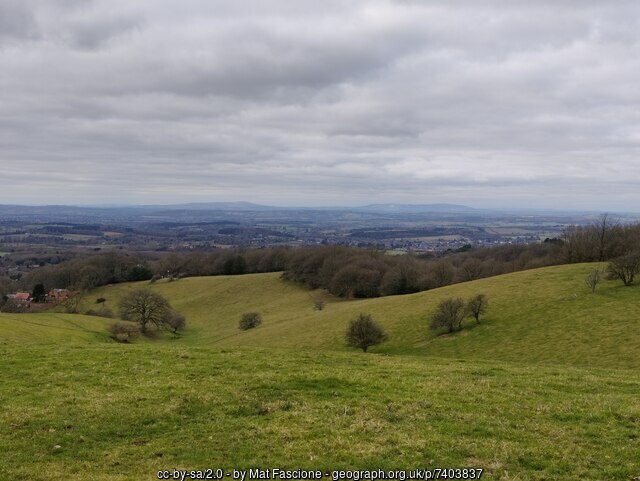
Walton Hill
33 km away at 316 metres above sea level, Walton Hill is the highest point in the Clent Hills range in northern Worcestershire. It is the highest point for 21 miles (34 km) in all directions.
Clows Top
Only 11km away is Clows Top which is the crossroads of the Hagley Road between Birmingham and Wofferton and the B4202 between Mawley Oak and Abberley. The summit of the hill reaches an elevation of 231 metres.
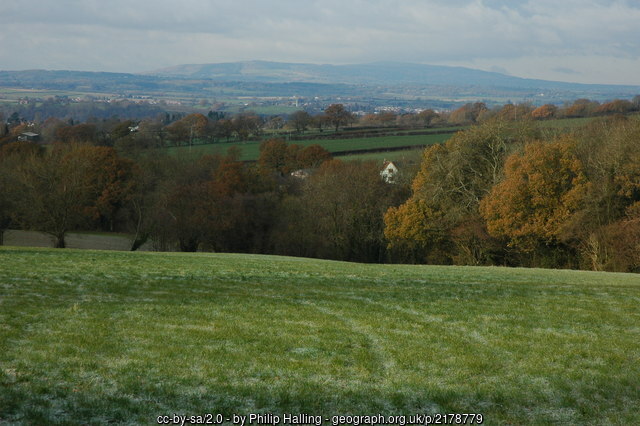
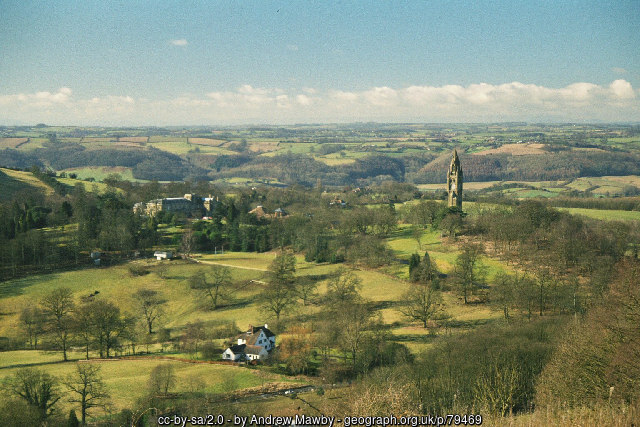
Abberley Hills
16 km away the Abberley Hills ridge rises out of the otherwise gently rolling landscape and is made up of rocks that are around 420 million years old, formed during the Silurian period. These limestones and shales are full of fossils including the extinct woodlouse-like trilobites which swam around near the sea floor. Often visible is the Abberley Hall tower, part of Abberley Hall built in 1883.
Broadway Hill
On a clear day it is possible to see Broadway Tower 64km away, an 18th-century folly near the village of Broadway in the Cotswolds. Broadway Hill was another beacon hill, where beacons were lit on special occasions.
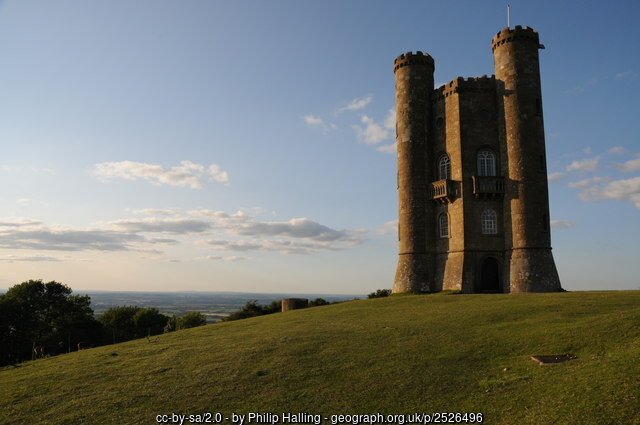
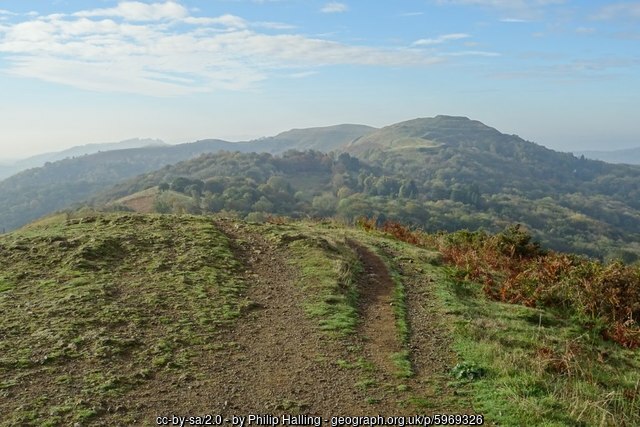
Malvern hills
34km away the Malvern Hills are formed of some of the most ancient rocks in England, mostly igneous and metamorphic rocks which are around 680 million years old. In later life Lord of the Rings author J. R Tolkein compared the hills to his own creation, the White Mountains of Gondor.
Sugar Loaf
Furthest of all visible peaks at 66km is Sugar Loaf or Y Fâl near Abergavenny in Wales which is the southernmost of the peaks of the Black Mountains. It rises to 596 metres and was gifted to the National Trust by suffragette Lady Rhondda.
